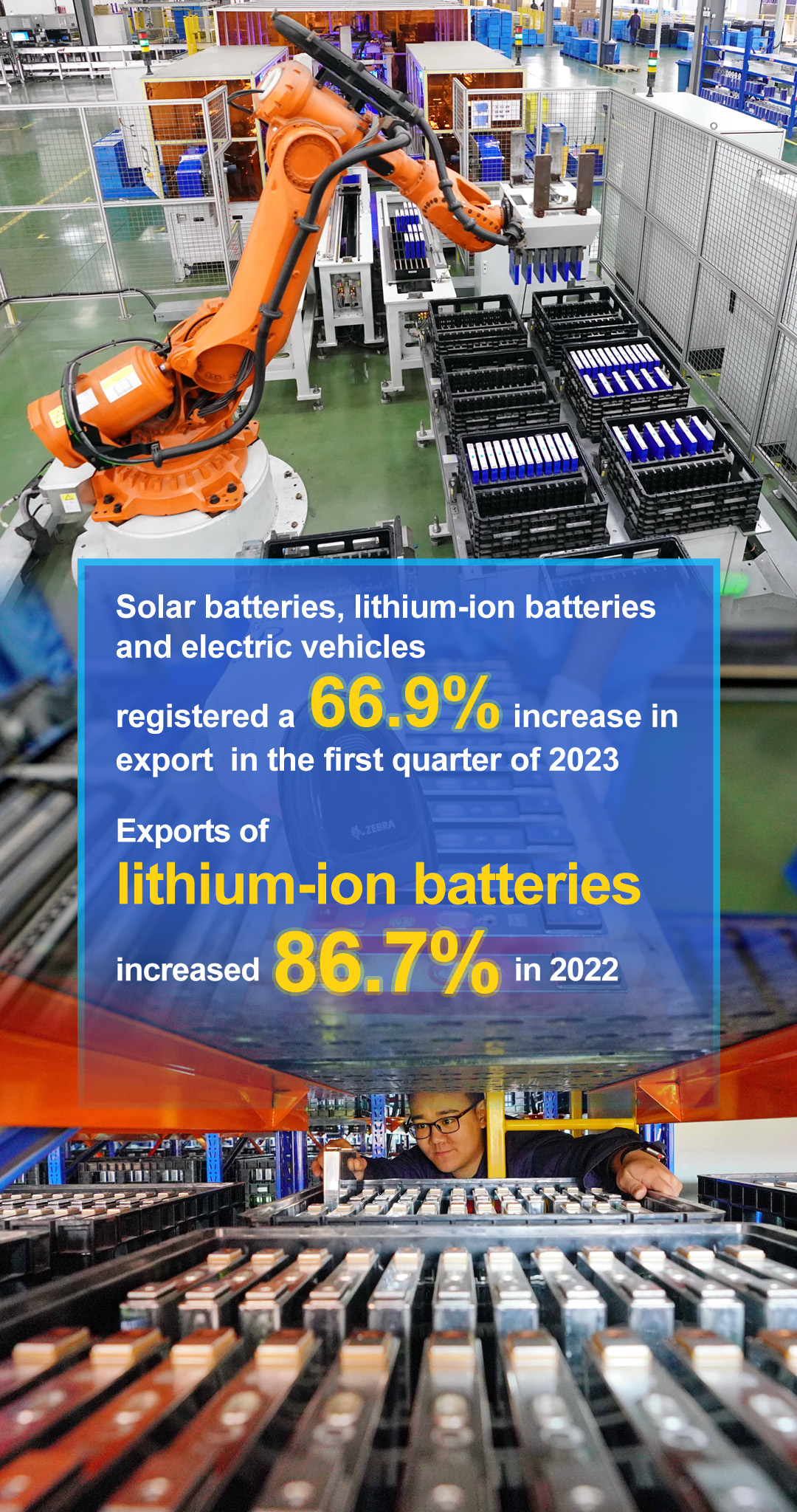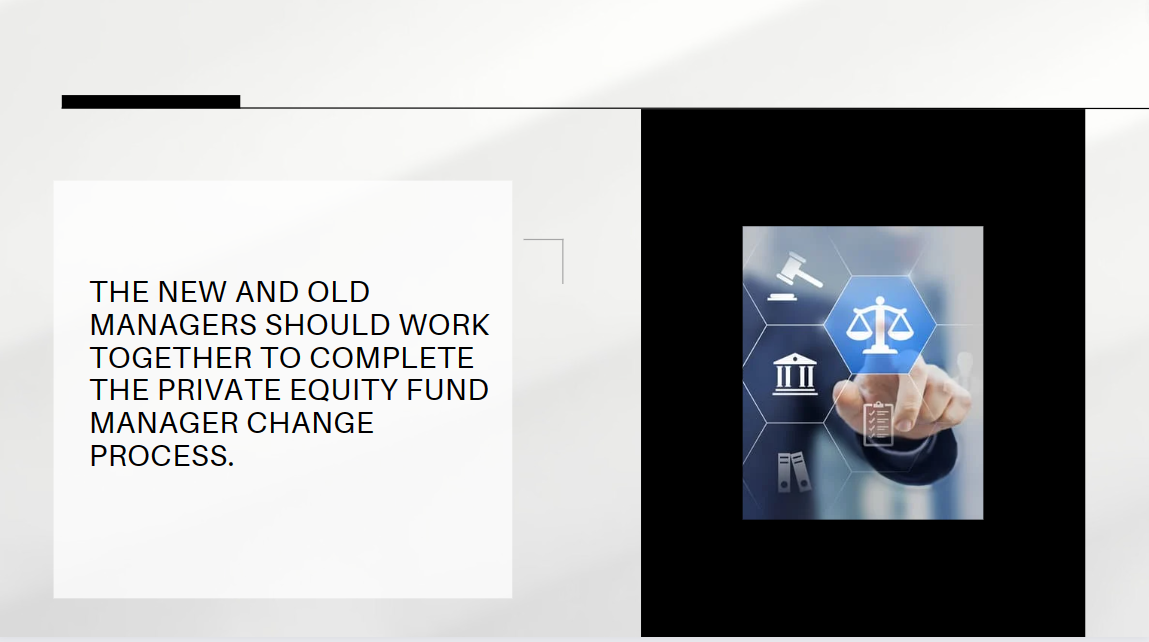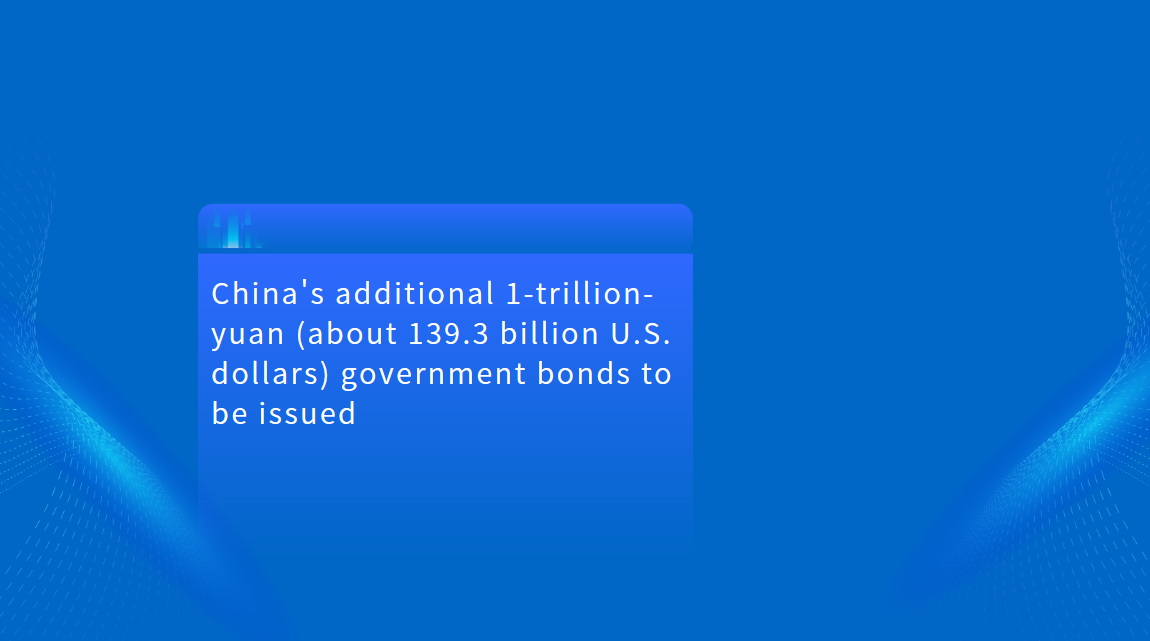Shenzhen’s Ambitious Tech Investments: A Strategic Move Toward Dominance in AI and Robotics
Shenzhen, long hailed as China's tech powerhouse, is making bold strides to reinforce its position as a global leader in artificial intelligence (AI) and robotics. With a series of high-profile investments and policy initiatives, the city is not only fostering a cutting-edge innovation ecosystem but is also setting the stage for global collaborations. The unveiling of three key initiatives, each supported by 100-billion-yuan funds, highlights Shenzhen's commitment to becoming the world's top destination for AI innovation.

1. AI and Robotics Fund: A Game-Changer for Tech Development
At the core of Shenzhen’s strategy is the creation of a 100 billion yuan fund dedicated to AI and robotics. This initiative aims to propel the city to the forefront of AI and humanoid robot industries—sectors that leverage Shenzhen’s unique strengths in manufacturing and technological innovation. According to Lin Yi, Deputy Director of the Municipal Bureau of Industry and Information Technology, Shenzhen will focus on four main pillars: policy support, real-world applications, innovation, and robotics.
The first of these, policy support, is set to include subsidies up to 60% of a company's costs, with the potential for up to 10 million yuan per enterprise. Shenzhen is also taking swift action to encourage growth by allocating 45 billion yuan for 2025 and rolling out targeted policies for humanoid robots.
Furthermore, the city is expanding the application of AI technologies across a range of industries, from municipal services to healthcare. In 2025 alone, an additional 100 application scenarios will be launched, enabling AI-driven solutions in areas such as public safety and emergency response.
2. Incentivizing Talent: A Commitment to Global Collaboration
To cultivate a sustainable talent pipeline, Shenzhen is offering significant incentives. As part of its global talent attraction program, the city has allocated nearly 100 billion yuan to support over 300 high-level overseas teams, helping them launch and scale their operations. This initiative, which has already helped 12 companies go public, is just one part of Shenzhen's broader strategy to foster innovation. In addition, the city's incubators, such as the “1 Yuan Innovation Workshop” and “Zero-Rent Acceleration Camp,” offer a space for start-ups to thrive without the burden of traditional costs.

3. A Thriving Ecosystem for Innovation and Growth
Shenzhen is not stopping with financial support; it is also focused on building a complete and interconnected ecosystem. The establishment of comprehensive support structures, including the introduction of a 300 billion yuan Angel Fund and Innovation Fund, is designed to ensure that Shenzhen's tech ecosystem continues to flourish. These funds will help fuel the city's growing start-up landscape, which already houses over 2,200 AI companies and an expansive network of innovation-driven enterprises.
Looking ahead, Zhang Lin, Director of the Shenzhen Municipal Bureau of Science and Technology Innovation, emphasized that Shenzhen's goal is to create a globally influential industrial and technological innovation center, leveraging a highly systematic and collaborative approach to innovation. With this commitment, Shenzhen aims to become not only a hub for AI development but also a key player in shaping the future of global industries such as robotics, smart technologies, and digital finance.
4. The International Perspective: What Does This Mean for Global Businesses?
For international companies and investors, Shenzhen's advancements present a wealth of opportunities:
New Investment Frontiers: With substantial funding flowing into AI, robotics, and tech innovation, global investors can tap into emerging sectors with high growth potential, particularly in AI-driven industries and automation technologies.
Cross-Border Collaboration: Shenzhen's commitment to attracting overseas talent and businesses opens the door for cross-border collaborations in research and development. Companies outside of China may find opportunities to partner with local firms to leverage Shenzhen's technological expertise and innovation infrastructure.
Technology as a Business Enabler: As Shenzhen expands its AI and robotics applications, there is a strong potential for companies in other sectors, such as finance, healthcare, and logistics, to integrate these technologies into their operations, driving operational efficiencies and unlocking new revenue streams.
A Model for Tech Investment: Shenzhen's holistic approach to building a robust tech ecosystem, from talent acquisition to financing and innovation support, offers a compelling model for other regions looking to replicate its success in fostering next-generation technologies.






















































First, please LoginComment After ~